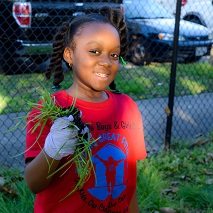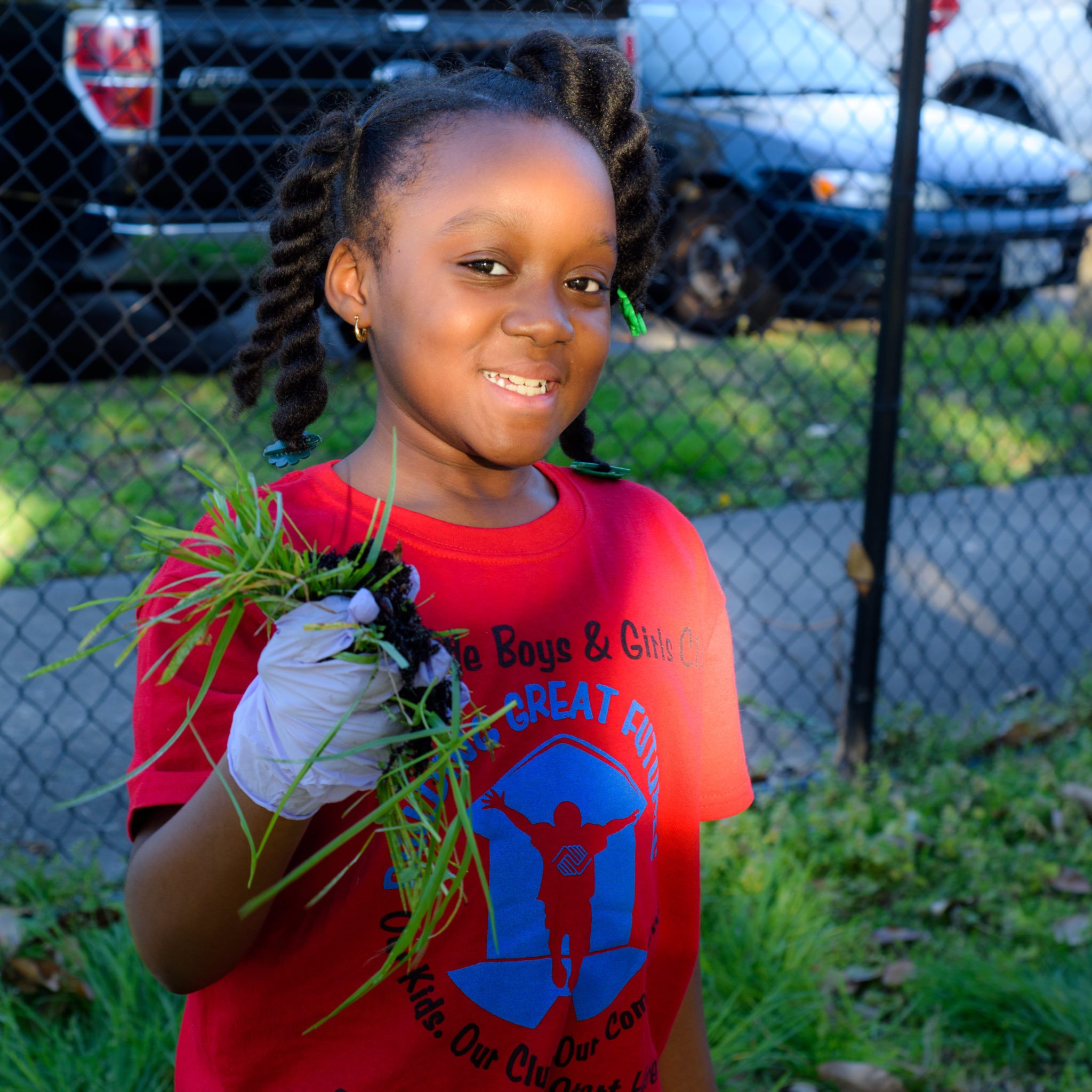Learning by Doing

Children living at three times the national poverty rate with limited access to nutritious foods or exposure to healthy behaviors, have long found sanctuary at their local Boys & Girls Clubs. Danielle Morris, Director, Nutrition, Health & Wellness for Boys & Girls Club of America (BGCA), explains that, nationwide, most of its nearly 4 million members rely on their local Club for meals. Often, the food children receive after school at their local Boys & Girls Club is their last meal of the day.
That’s why BGCA partnered with the Kraft Heinz Company Foundation to zero in on 10 cities across the United States where the need for nutrition improvement was the most acute. Called “Kraft Great Futures Kitchen,” the initiative set out to renovate dated Club kitchens, increase daily meal service, and improve storage facilities with an overall emphasis on nutrition education. BGCA strives to help young people chart paths for overall health and wellbeing, towards great futures. With that core mission in mind, the Kraft Heinz initiative engaged Clubs, Club members and their families in learning how to develop healthy eating behaviors, extending benefits to the community for sustainable impact.
Kraft Heinz Foundation Program Manager Jenece Upton says making a difference in local communities is key: “The Kraft Heinz Company has headquarters in Chicago and operates in different locations across the country but this is exciting because it will have a very local impact.” Upton defined the targeted BGCA locations—Atlanta, GA; Benton, AK.; Chicago, IL; Covington, KY.; Fresno, CA.; Jacksonville, FL.; Norfolk, VA.; San Antonio, TX; Visalia, CA.; and Garland, TX—as food deserts, where residents lack access to fresh, healthy food choices. Upton says working with community partners such as food banks will ensure regular food sources but they are also striving to provide life skills. “Instead of making it just a program where they’re feeding people, they’re trying to make it sustainable. So when the children leave their Boys & Girls Clubs, they can take those lessons with them,” Upton says. A key component of the initiative is the installation of Club-based fruit and vegetable gardens to provide kids with hands-on experience in growing food, as well as opportunities to learn about cooking and nutrition.
With renovations completed, the program is underway and expectations for transformative community change are high. Improving the positive health behaviors of children will help them learn to make healthy choices and, in turn, share that knowledge with their families and benefit the whole community. In Norfolk’s Southside Boys & Girls Club, for example, the average annual household income of a member’s family is $12,500. Children who participated in the garden program told their moms and dads about the new vegetables they were growing and eating and the parents wanted to get involved. Together, Club staff and members cooked meals in its new kitchen for the families using food grown through the program and delivered surplus produce to area seniors. Providing meals engaged the extended community in understanding and appreciating the importance of healthy nutrition. Gregg Shivers, Norfolk’s Southside Club Director says “The grant has improved our children’s habits of health and nutrition through the community gardening. Once items started to grow and produce, more youth wanted to get involved with the program. As they started taking produce home, more parents began requesting produce as well as our community seniors providing an opportunity to start the healthy snack classes.”
To date, the program has provided more than 86,000 –nutritious meals and snacks to Club members ages 6–18. The overarching goal of the program is to provide 500,000 nutritious meals and snacks by 2018.

